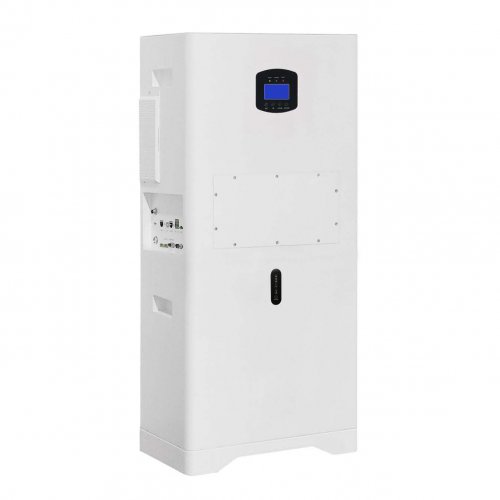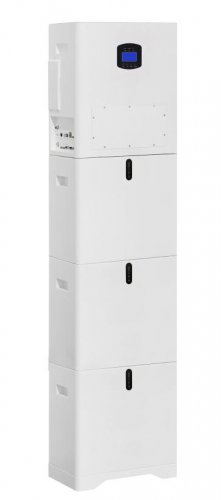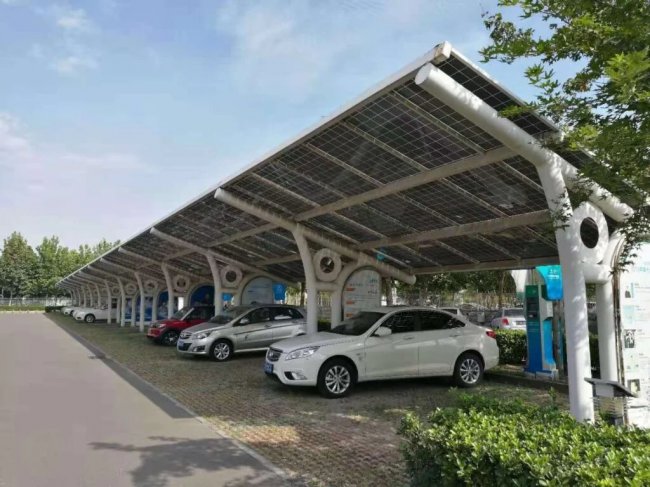Advances In Lifepo4 Cathode Materials: Enhancing Performance Through Nanoscale Engineering And Surface Modification
For over two decades, lithium iron phosphate (LiFePO4, or LFP) has stood as a cornerstone cathode material in the lithium-ion battery (LIB) industry. Its exceptional thermal stability, remarkable cycle life, inherent safety, and low cost have cemented its role in powering electric vehicles (EVs), grid storage systems, and portable electronics. Despite these advantages, its intrinsic limitations—namely, low electronic conductivity and slow lithium-ion diffusivity—have historically constrained its rate capability and energy density. However, relentless research efforts have continuously pushed the boundaries of its performance. Recent advancements are primarily focused on nanoscale engineering, sophisticated surface coating techniques, and innovative doping strategies, propelling LFP to new heights of electrochemical excellence.
Nanostructuring and Morphological Control
The foundational breakthrough for LFP was the realization that reducing particle size to the nanoscale drastically shortens the diffusion path for both Li+ ions and electrons, thereby mitigating its inherent kinetic limitations. Current research has moved beyond simple nanoparticle synthesis to precise morphological control. Scientists are now designing hierarchical structures, such as mesoporous microspheres and nanoflowers, which offer a optimal balance between high tap density (for volumetric energy density) and shortened diffusion lengths. For instance, Wang et al. (2022) demonstrated a template-free method to synthesize LFP microspheres composed of radially aligned nanorods. This unique architecture facilitated rapid electrolyte penetration and ion transport, delivering a high discharge capacity of 160 mAh g−1 at 1C and an impressive 110 mAh g−1 even at a ultra-high rate of 10C.
Surface Modification and Coating Innovations
Surface coating remains one of the most effective and commercially adopted strategies to enhance LFP's performance. A conductive carbon coating is ubiquitous, serving to improve electronic connectivity between particles and inhibit the growth of the detrimental olivine phase during sintering. The latest research delves into more advanced coating materials and techniques. Beyond amorphous carbon, explorations into graphene wrapping and carbon nanotube (CNT) networks have shown superior results. These carbon allotropes create a highly conductive three-dimensional network that percolates throughout the cathode composite, significantly reducing internal resistance.
Furthermore, recent studies have introduced multifunctional coatings. A notable example is the use of ultra-thin layers of fast-ion conductors (FICs) like Li3VO4 or Li1.4Al0.4Ti1.6(PO4)3 (LATP). These coatings not only protect the LFP surface from HF corrosion in the electrolyte but also provide a preferential pathway for lithium-ion migration, effectively lowering the interfacial resistance. A study by Zhang and colleagues (2023) highlighted that an atomically thin LATP layer applied via atomic layer deposition (ALD) drastically improved the cycling stability of LFP at elevated temperatures (55°C), retaining over 95% capacity after 500 cycles, a critical milestone for EV applications.
Cation/Anion Doping and Defect Engineering
Aliovalent doping, the substitution of iron or lithium sites with foreign ions, is another powerful tool to intrinsically boost the electronic conductivity of LFP. Traditional dopants like Nb5+, Zr4+, and Mg2+ have been extensively studied. The current trend involves co-doping strategies and the exploration of new dopants to create synergistic effects. For example, dual doping with vanadium (V) and fluorine (F) has been reported to simultaneously enhance electronic conductivity and stabilize the crystal structure by strengthening the P-O bonds, leading to improved high-voltage performance (Wu et al., 2023).
Moreover, the intentional creation of defects, such as lithium vacancies, is gaining attention. Advanced characterization techniques, including in-situ synchrotron X-ray diffraction and high-resolution transmission electron microscopy (HRTEM), are enabling researchers to precisely observe and control these defects. It has been shown that a certain concentration of vacancies can facilitate ion hopping, thereby increasing the intrinsic Li+ diffusion coefficient.
Future Outlook and Emerging Frontiers
The future of LFP research is vibrant and directed towards addressing its remaining challenges while exploring new applications. The primary focus remains on pushing the upper limits of its energy density. One promising avenue is the development of lithium-rich LFP or blended cathodes that integrate LFP with small amounts of high-voltage materials (e.g., LNMO) to increase the average operating voltage without severely compromising safety.
Another frontier is the integration of LFP into all-solid-state batteries (ASSBs). While LFP's stability makes it an ideal candidate for pairing with solid electrolytes, the challenges of achieving a low-resistance solid-solid interface are significant. Research into designing compliant interfacial layers and fabricating dense LFP composite cathodes with sulfide or oxide solid electrolytes is underway and represents a critical step towards next-generation safe batteries.
Sustainability will also be a key driver. As the world moves towards a circular economy, research into the direct recycling of LFP cathodes is intensifying. Methods to efficiently regenerate degraded LFP particles to their original electrochemical performance, rather than conventional hydrometallurgical recycling, will reduce environmental impact and cost further.
In conclusion, LiFePO4 continues to be a cathode material of immense importance. Through sophisticated nanoscale design, advanced coating technologies, and precise doping, its performance is being elevated beyond what was once thought possible. Its unparalleled safety and cost-effectiveness, now coupled with increasingly competitive energy and power densities, ensure that LFP will remain at the forefront of the energy storage revolution for years to come, powering the transition to a more sustainable and electrified future.
References:
1. Wang, Y., et al. (2022).Journal of Power Sources, 521, 230987. 2. Zhang, L., et al. (2023).Advanced Energy Materials, 13(15), 2203670. 3. Wu, F., et al. (2023).Energy Storage Materials, 54, 322-331.
Customized/OEM/ODM Service
HomSolar Supports Lifepo4 battery pack customization/OEM/ODM service, welcome to contact us and tell us your needs.


HomSolar: Your One-stop LiFePO4 Battery Pack & ESS Solution Manufacturer
Our line of LiFePO4 (LFP) batteries offer a solution to demanding applications that require a lighter weight, longer life, and higher capacity battery. Features include advanced battery management systems (BMS), Bluetooth® communication and active intelligent monitoring.

Customised Lithium Iron Phosphate Battery Casing
ABS plastic housing, aluminium housing, stainless steel housing and iron housing are available, and can also be designed and customised according to your needs.

HomSolar Smart BMS
Intelligent Battery Management System for HomSolar Energy Storage System. Bluetooth, temperature sensor, LCD display, CAN interface, UART interface also available.


Terminals & Plugs Can Be Customized
A wide range of terminals and plugs can be customised to suit the application needs of your battery products.

Well-designed Solutions for Energy Storage Systems
We will design the perfect energy storage system solution according to your needs, so that you can easily solve the specific industry applications of battery products.



About Our Battery Cells
Our energy storage system products use brand new grade A LiFePO4 cells with a battery lifespan of more than 4,000 charge/discharge cycles.



Applications in Different Industries
We supply customized & OEM battery pack, assemble cells with wiring, fuse and plastic cover, all the cell wires connected to PCB plug or built BMS.
Applications: E-bike, Electric Scooter, Golf Carts, RV, Electric Wheelchair, Electric Tools, Robot Cleaner, Robot Sweeper, Solar Energy Storage System, Emergency Light, Solar Power Light, Medical Equipment, UPS Backup Power Supply.
We can provide you with customized services. We have the ability to provide a vertical supply chain, from single cells to pack/module and to a complete power solution with BMS, etc.


HomSolar (Shenzhen) Technology Co., Ltd
























